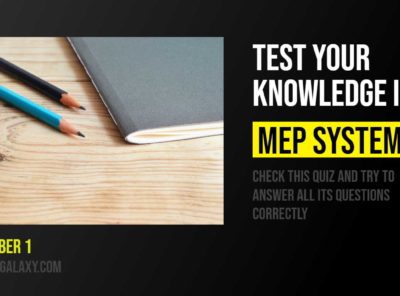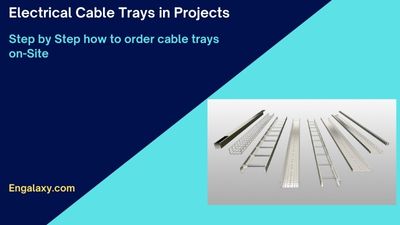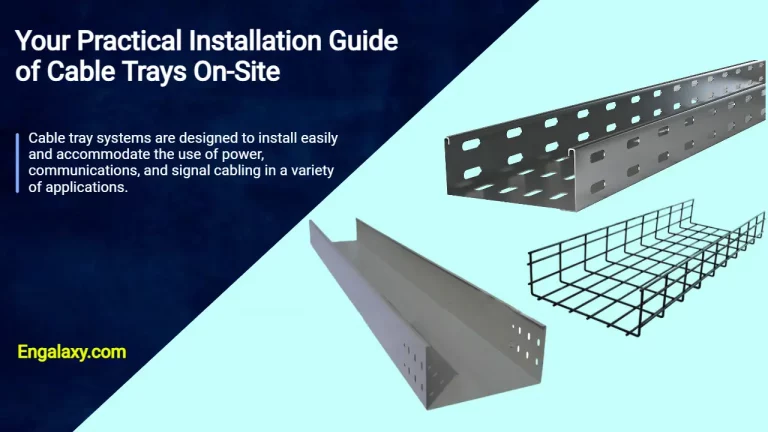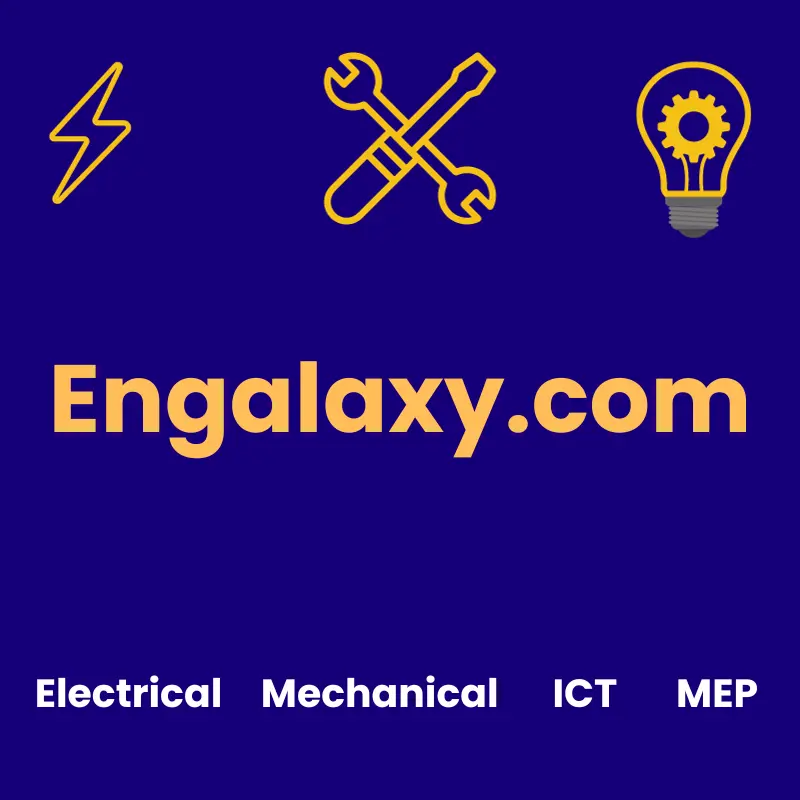The internet of things, or IoT, is a system that interacts between computing devices, mechanical and digital machines, objects, or people that are provided with unique identifiers (UIDs).
IoT has the ability to transfer data over a network without requiring human-to-human or human-to-computer interaction.
IoT is influencing our lifestyle, from the way we react to the way we behave.
From air conditioners that you can control them with your smartphone,
Also, you control your smart cars by providing them the shortest route to take, or your smartwatch can track your daily activities.

Where can we find applications managed by the internet of things or IoT?
Really IoT is a giant network with connected devices, which gather and share data about how they are used, and the environment in which they are operated.
It’s all done using sensors, which are embedded in every physical device.
It can be your mobile, phone, electrical appliances, bar code sensors, traffic lights, and almost everything that you come across in day-to-day life.
These sensors continuously emit data about the working state of the devices, but the important question is how do they share this huge amount of data? and how do we put this data to our benefit?
IoT provides a common platform for all these devices to dump their data and a common language for all the devices to communicate with each other.
Data is emitted from various sensors and sent to IoT platform security.
IoT platform integrates the collected data from various sources; further analytics is performed on the data, and valuable information is extracted as per requirement.
Finally,
The result is shared with other devices for better user experience automation and improving efficiencies.
Let us look at a scenario where IoT is doing wonders
In the AC manufacturing industry, both the manufacturing machine and the belt have sensors attached.
Both of them continuously send data regarding the machine health and the production specifics to the manufacturer to identify issues before hands.
A barcode is attached to each product before leaving the belt.
It contains the product code, manufacturer details, special instructions, ..etc.
The manufacturer uses this data to identify where the product was distributed and track the retailer’s inventory.
Hence, the manufacturer can make the product running out of stock available.
Next, these products are packed and parcel to different retailers.
Each retailer has a barcode reader to track the products coming from different manufacturers, manage inventory, check special instructions, and many more.
The compressor of the air conditioner has an embedded sensor that emits data regarding its health and temperature.
This data is not allying continuously, allowing customer care to contact you for the repair work in time.
This is just one of the millions of scenarios we have smart appliances, smart cars, smart homes, smart cities, where IoT is redefining our lifestyle and transforming the way we interact with technologies.
The future of the IoT industry is huge. Insider intelligence estimates that 24 billion IoT devices will be installed by 2020.
And ICT predicts that IoT revenue will reach around three hundred and fifty-seven billion at the end of 2019, resulting in a lot of job opportunities in the IT industry.
Thanks for reading.
All our recent articles can be found on this link:










